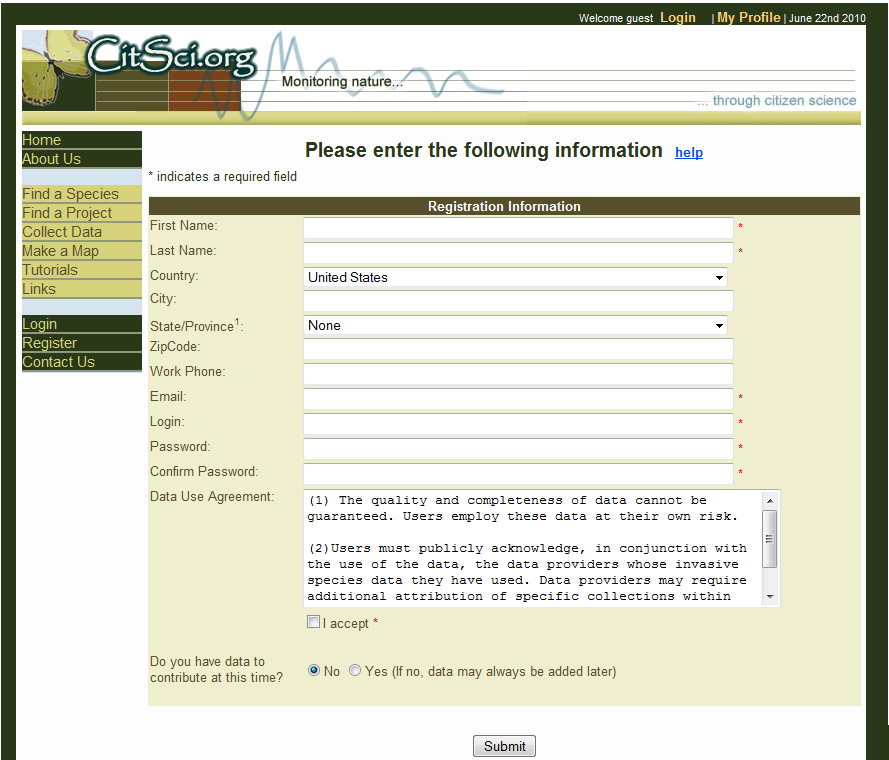Geocachers gathered in Carnation, WA, USA to celebrate GeoWoodstock VIII. The event on July 3rd, 2010 drew thousands. Do wish you were there? Did you attend and want to relive the experience? Watch this video postcard from the world’s largest geocaching-related event.
Play the Lost & Found video above to witness the spectacle that inspired so many geocachers to travel so far. See a giant geocache, witness Geocoin Poker and hear from geocachers from around the globe.
If you missed GeoWoodstock VIII, you haven’t missed all the fun. Already, more than 700 geocachers have logged “will attends” for GeoWoodstock IX. The geocaching nation will visit Warren, Pennsylvania for the event on July 2nd, 2011.
If you attended GeoWoodstock VIII, please share where you visited from and your favorite memory.
View all the Lost & Found stories here.


